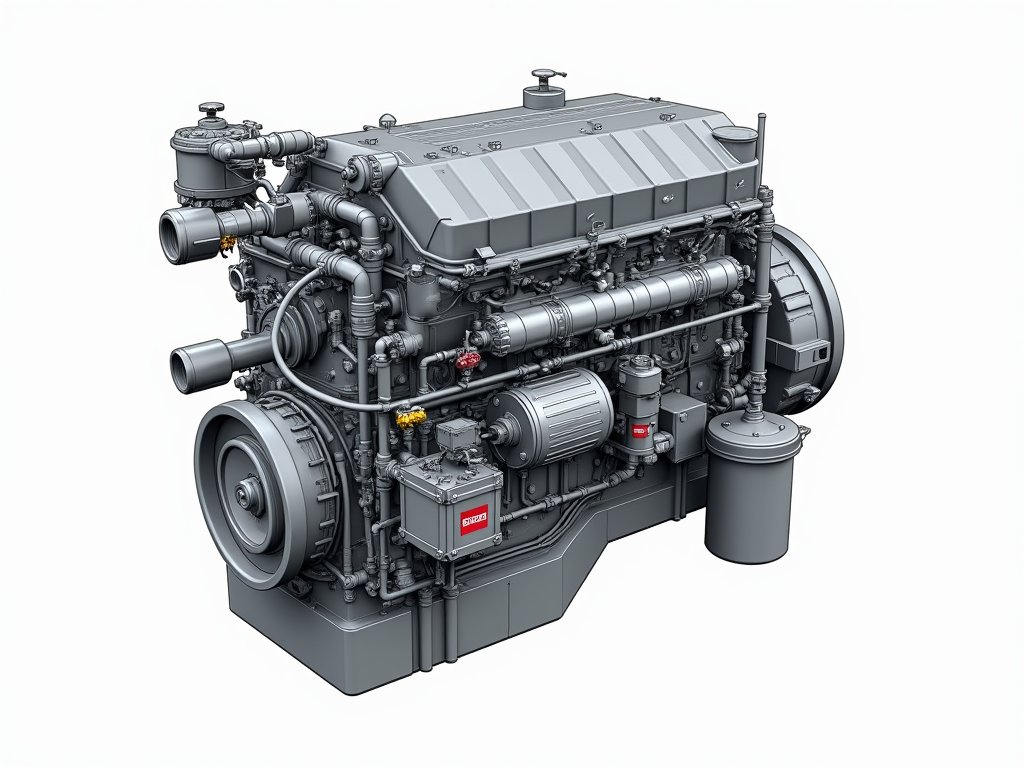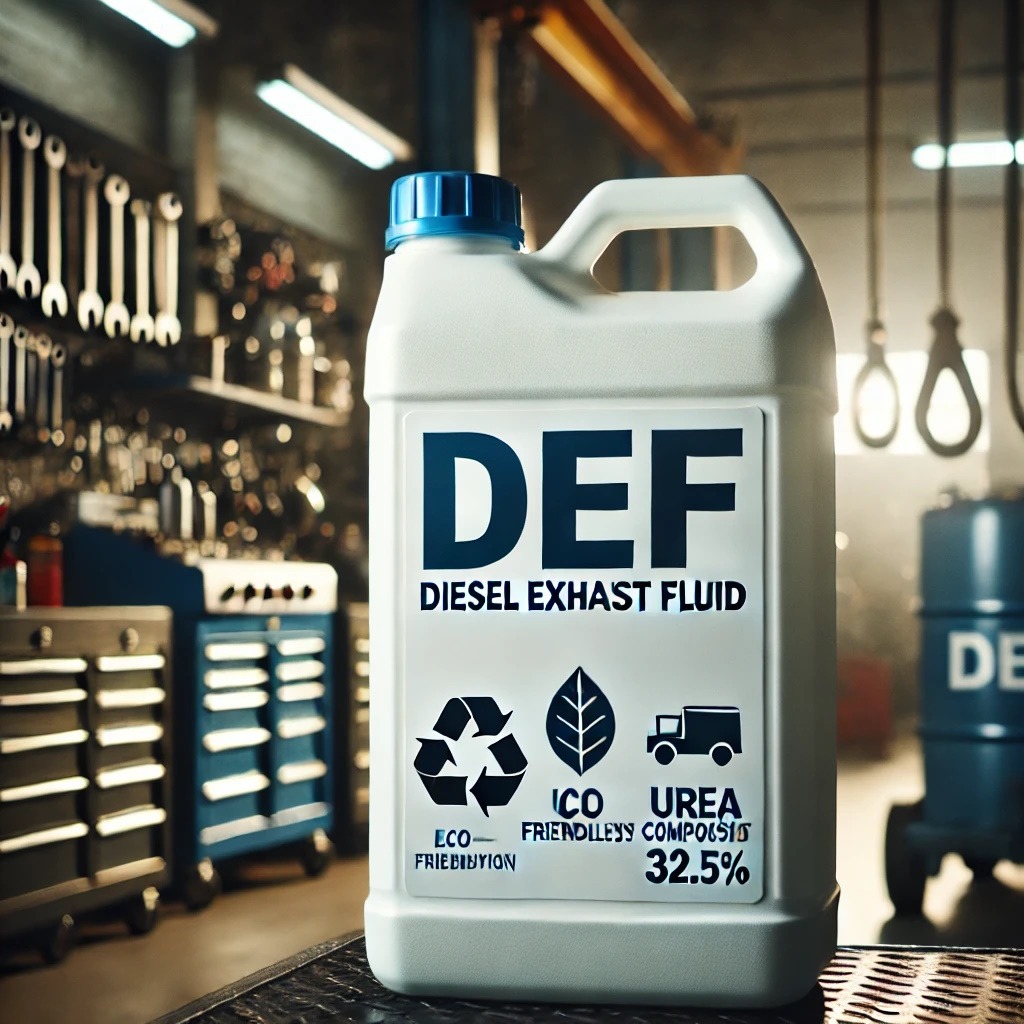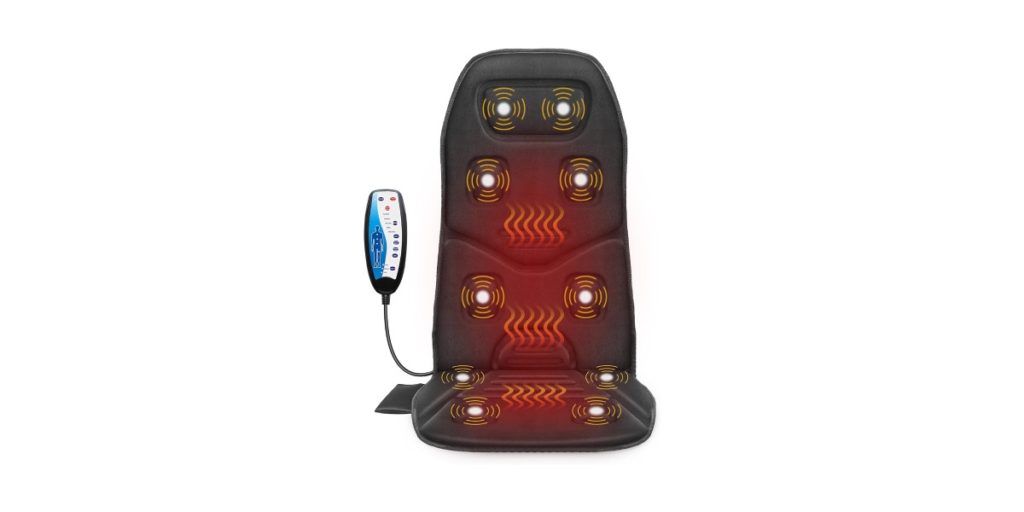DEF For Diesel: What Is It
You’re probably familiar with the “mysterious liquid” that’s been added to your diesel vehicle’s maintenance routine. But what exactly is this magical elixir, and why is it so essential for your engine’s well-being? Diesel Exhaust Fluid, or DEF for diesel, is the key to revealing a cleaner, greener driving experience. It’s the secret sauce that helps reduce those pesky nitrogen oxide emissions, but how does it work its magic? You’ll have to stick around to find out – but trust us, it’s worth understanding the science behind this wonder fluid to keep your engine purring and the air fresh.
Key Takeaways
- DEF For Diesel(Diesel Exhaust Fluid) is a non-toxic, colorless, and odorless liquid composed of 32.5% urea and 67.5% de-ionized water.
- It works with Selective Catalytic Reduction (SCR) systems to convert nitrogen oxides (NOx) into harmless nitrogen and water vapor.
- DEF significantly lowers nitrogen oxides (NOx) and particulate matter (PM) emissions, tackling major contributors to air pollution.
- The fluid is essential for reducing emissions in modern diesel engines and supports compliance with environmental regulations.
- DEF must meet EPA standards for purity and composition to maintain its effectiveness in reducing nitrogen oxide emissions.
What Is Diesel Exhaust Fluid?
Your diesel engine’s best friend is probably Diesel Exhaust Fluid (DEF). You might be wondering what this magical fluid is and why it’s so essential for your diesel engine. Well, let’s get straight to it!
DEF is a non-toxic, colorless, and odorless liquid that’s specifically designed for diesel usage. Its main purpose is to reduce the harmful emissions produced by diesel engines.
When it comes to fluid properties, DEF is a 32.5% solution of urea and 67.5% de-ionized water. It’s not a fuel additive, and it doesn’t affect the performance or efficiency of your engine. Instead, it works alongside your engine’s Selective Catalytic Reduction (SCR) system to convert nitrogen oxides into harmless nitrogen and water vapor.
Think of it as a special cleaning agent for your engine’s exhaust system! With DEF, you can enjoy cleaner diesel usage and a reduced environmental impact.
How DEF Reduces Emissions

You’re probably wondering how DEF makes your diesel engine a cleaner, greener machine.
Well, it’s pretty simple: DEF reduces emissions by lowering nitrogen oxides (NOx) and reducing particulate matter (PM).
These two pollutants are major contributors to air pollution, so by tackling them, DEF helps you breathe easier – literally!
Lowering Nitrogen Oxides
Reducing nitrogen oxides (NOx) is a crucial step in minimizing environmental harm, and DEF plays an essential role in this process. You might be wondering how it does that. Well, it’s pretty cool!
When you inject DEF into your vehicle’s exhaust system, it triggers a chemical reaction that converts NOx into harmless nitrogen and water. This process is called selective catalytic reduction (SCR), and it’s a game-changer for the environment.
SCR technology reduces NOx emissions by up to 90%, which is a significant drop. To put it into perspective, NOx is a major contributor to smog, acid rain, and respiratory problems.
By minimizing NOx emissions, you’re directly reducing the environmental impact of your vehicle. It’s like giving the planet a big high-five!
With DEF, you can drive knowing you’re doing your part to keep the air clean and the environment happy. So, the next time you fill up on DEF, remember the important role it plays in keeping our air clean and our planet healthy.
Reducing Particulate Matter
But fear not, DEF is here to save the day! When you use diesel exhaust fluid in your diesel engine, it helps reduce particulate matter emissions by a whopping 90%.
That’s right, 90%! It’s like a magic eraser for your engine’s dirty little secret. The DEF reacts with the PM in the exhaust system, turning it into harmless water and carbon dioxide.
The Science Behind DEF
You might be wondering how this reaction occurs.
Well, it’s quite simple really. The ammonia produced from the urea reacts with the nitrogen oxides in the exhaust, converting them into harmless nitrogen and water vapor.
This process is what makes DEF so effective in reducing emissions, making it an essential component in modern diesel engines.
DEF System Components Explained
A modern diesel engine’s DEF system relies on several key components to function effectively.
You’ve got your DEF tank, which stores the fluid, and a pump that circulates it through the system. Then there’s the dosing module, which injects the DEF into the exhaust stream at the right time and amount.
You also need sensors to monitor the system’s performance and detect any issues. And let’s not forget the control unit, which oversees the whole operation and guarantees everything runs smoothly.
These components work together to provide the DEF system benefits you need, like reduced emissions and improved fuel efficiency.
DEF application industries, such as trucking and construction, rely on these systems to keep their vehicles running clean and efficient.
By understanding how these components interact, you’ll be better equipped to troubleshoot any problems that arise and keep your DEF system in top shape.
How to Check DEF Levels
Into the daily maintenance routine of your diesel engine goes the essential task of checking DEF levels.
You don’t want to be stuck with a depleted DEF tank, leaving your engine sputtering and your wallet crying.
To avoid this, you’ll need to check your DEF levels regularly. Here’s how:
- Check the DEF level indicators: Most modern diesel engines come equipped with DEF level indicators on the dashboard or a dedicated display screen. These indicators will give you a clear picture of your DEF levels.
- Use DEF testing methods: If your engine doesn’t have a built-in DEF level indicator, you can use DEF testing methods like dipsticks or test strips to measure the level. These methods are simple, inexpensive, and provide accurate results.
- Consult your owner’s manual: If you’re still unsure about how to check your DEF levels, consult your owner’s manual for specific instructions tailored to your engine model.
Common DEF Myths Debunked
Its diesel devotees have long been plagued by misconceptions surrounding Diesel Exhaust Fluid (DEF).
You’ve likely heard some of these myths: “DEF is just water,” or “You can make your own DEF at home.” Let’s set the record straight. DEF is a precise mixture of 32.5% urea and 67.5% de-ionized water, and it’s not something you can whip up in your garage.
Another common myth is that DEF is a scam, and that it’s just a way for manufacturers to make extra cash. Not true! DEF is a necessary component of the Selective Catalytic Reduction (SCR) system, which reduces NOx emissions and helps the environment.
The DEF benefits are real: it reduces emissions, improves fuel efficiency, and reduces maintenance costs in the long run.
Yes, there are DEF challenges, like ensuring proper storage and handling, but with a little education and effort, you can overcome them.
DEF Storage and Handling Tips
About 75% of DEF-related issues can be traced back to improper storage and handling. So, you’re probably wondering how to avoid becoming a statistic.
First, let’s talk storage guidelines. You need to keep your DEF in a cool, dry place, away from direct sunlight and moisture. Think of it like storing your favorite bottle of wine – you want to keep it in a stable environment to preserve its quality.
When it comes to handling precautions, here are a few things to keep in mind:
- Avoid contamination: Make sure your equipment and storage containers are clean and free of debris.
- Handle with care: DEF can be damaged if it’s agitated or shaken, so handle it gently.
- Check the expiration date: Like milk, DEF has an expiration date, so make sure you’re using fresh product.
Diesel Engine Maintenance Essentials
You’ve got your DEF stored and handled like a pro, now it’s time to focus on the real star of the show: your diesel engine. Regular maintenance is key to keeping your engine purring like a kitten and getting the most out of your fuel efficiency.
Think of it as a health check-up for your engine – you want to catch any potential issues before they become major problems.
First, make sure to check your engine oil regularly. A dirty engine is an inefficient engine, and you don’t want to be wasting fuel or, worse, damaging your engine.
Next, keep an eye on your air filter – a clogged filter can decrease fuel efficiency and even cause engine damage.
And don’t forget about your fuel injectors – clean fuel injectors mean better engine performance and reduced emissions.
Staying Compliant With DEF Regulations
You’re likely aware that the Environmental Protection Agency (EPA) has strict standards for diesel emissions, and you’ll need to meet those standards to avoid costly fines and penalties.
To stay compliant, you’ll need to wrap your head around diesel emissions and how they’re regulated.
From there, you can focus on ensuring your vehicles and equipment are in line with EPA rules.
Meeting EPA Standards
To stay in the good graces of the Environmental Protection Agency (EPA), diesel engine owners and operators must guarantee their vehicles meet strict emissions standards.
It’s not just about avoiding those pesky fines; it’s about doing your part for the environment too.
So, how do you secure EPA compliance?
Here are three vital steps to meeting EPA standards:
- Use the right DEF: Make sure you’re using a high-quality DEF that meets the EPA’s standards for purity and composition. Anything less, and you risk compromising your engine’s performance and the environment.
- Monitor your emissions: Keep an eye on your vehicle’s emissions levels to confirm they’re within the acceptable range. This will help you identify any potential issues before they become major problems.
- Perform regular maintenance: Regular tune-ups and maintenance are essential for keeping your engine running smoothly and efficiently. This includes replacing filters, checking for leaks, and performing other vital tasks.
Understanding Diesel Emissions
To mitigate these effects, diesel engines use various after-treatment systems, including diesel particulate filters (DPFs), selective catalytic reduction (SCR) systems, and exhaust gas recirculation (EGR).
These systems work together to reduce emissions and meet EPA standards. As a diesel engine owner or operator, it’s essential you understand how these systems work and how to properly maintain them to guarantee compliance with DEF regulations.
Conclusion
You’ve made it to the end of our DEF crash course! Now you know the importance of this magic liquid in keeping our air clean. Did you know that since 2010, DEF has helped reduce NOx emissions by a whopping 2.1 million tons in the US alone? That’s equivalent to taking 400,000 cars off the road! With your newfound knowledge, go forth and spread the word about the wonders of DEF. Keep those diesel engines running clean and green!










